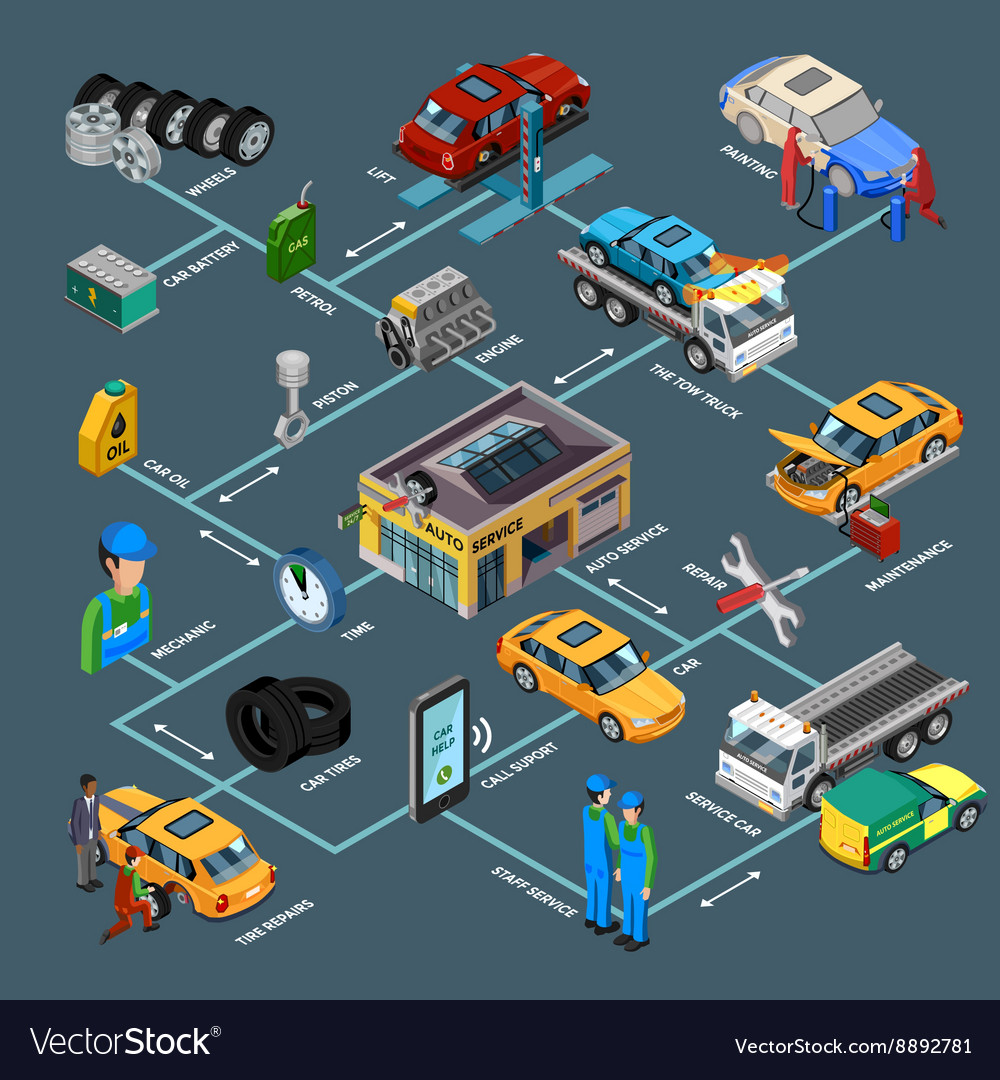Assessing Your Car'S Caution Indicators: What They Really Share
Assessing Your Car'S Caution Indicators: What They Really Share
Blog Article
Content By-Hartley Alvarado
When you're behind the wheel, those beautiful caution lights on your dashboard can be a little bit complicated. Do https://archeriexsl.smblogsites.com/31204505/the-future-landscape-of-vehicle-describing-crucial-fads-and-arising-technologies-to-observe recognize what they're attempting to tell you regarding your auto's health and wellness? Recognizing the significance of these lights is crucial for your safety and security and the longevity of your car. So, https://www.wavy.com/automotive/spend-less-at-the-pump-with-these-fuel-saving-tips/ following time one of those lights turns up, would not you intend to decode its message precisely and take the needed actions to address it?
Common Caution Lighting and Interpretations
Recognize typical caution lights in your automobile and recognize their definitions to ensure secure driving.
The most common warning lights consist of the check engine light, which signals problems with the engine or discharges system. If this light begins, it's essential to have your automobile inspected quickly.
The oil stress alerting light shows reduced oil stress, needing instant interest to avoid engine damages.
A blinking battery light might recommend a damaged charging system, potentially leaving you stranded otherwise dealt with.
The tire pressure tracking system (TPMS) light signals you to low tire pressure, influencing car security and fuel efficiency. Ignoring this could result in harmful driving problems.
The abdominal muscle light suggests a problem with the anti-lock braking system, compromising your capacity to stop quickly in emergency situations.
Last but not least, the coolant temperature level warning light warns of engine getting too hot, which can result in serious damages if not solved swiftly.
Comprehending these common warning lights will certainly help you attend to problems promptly and keep safe driving conditions.
Significance of Prompt Interest
Comprehending the typical caution lights in your auto is just the initial step; the importance of promptly resolving these warnings can not be stressed enough to guarantee your security when traveling.
When a warning light illuminates on your control panel, it's your car's way of connecting a prospective problem that needs interest. Overlooking these cautions can lead to much more extreme issues later on, endangering your security and possibly costing you more in repairs.
Motivate interest to warning lights can stop malfunctions and accidents. As an example, a blinking check engine light could show a misfire that, if left ignored, might cause damages to the catalytic converter. Resolving this immediately can save you from an expensive repair work.
Likewise, a brake system alerting light could signify low brake fluid or used brake pads, vital parts for your safety and security when driving.
Do It Yourself Troubleshooting Tips
If you see a caution light on your dashboard, there are a few DIY troubleshooting tips you can try before looking for expert aid.
The first step is to consult your car's manual to recognize what the certain warning light shows. Sometimes the issue can be as straightforward as a loosened gas cap triggering the check engine light. Tightening up the gas cap might settle the issue.
One more usual issue is a reduced battery, which can cause numerous alerting lights. Inspecting the battery connections for deterioration and guaranteeing they're safe and secure may fix the issue.
If a warning light continues, you can try resetting it by separating the car's battery for a couple of mins and after that reconnecting it. In addition, inspecting your automobile's liquid levels, such as oil, coolant, and brake liquid, can help fix warning lights associated with these systems.
Final thought
To conclude, understanding your cars and truck's caution lights is crucial for maintaining your car running smoothly and safely. By quickly dealing with these signals and knowing what they imply, you can stay clear of costly fixings and prospective breakdowns.
Remember to consult your car's guidebook for certain details on each cautioning light and act as necessary to make sure a hassle-free driving experience.
Keep notified, remain risk-free when driving!
